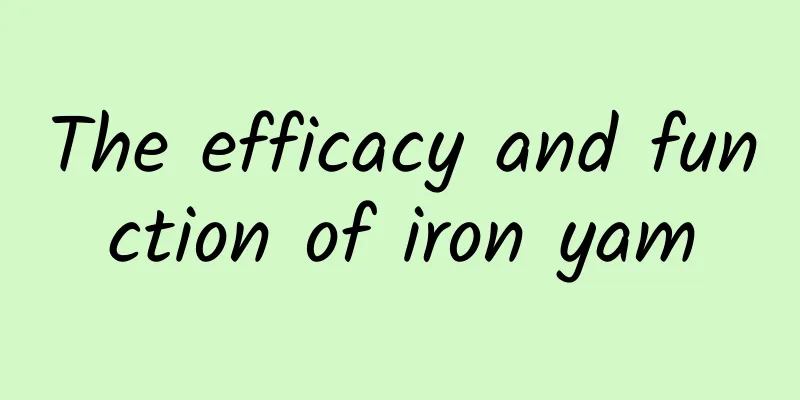What does epididymis mean?

|
The epididymis is the male reproductive organ. It is very important for male reproductive health. One side of the epididymis is connected to the vas deferens and the other side is connected to the testicle. After leaving the testicle, the sperm first goes to the epididymis and then continues to grow and mature. When there is a problem with the epididymis, it often leads to male infertility, affects sperm production, and also causes male sexual dysfunction. Structural anatomy: The testicles are oval in shape, one on each side, weighing about 20-30 grams, with a longitudinal diameter of 4.3-5.1 cm, a width of 2.6-3.1 cm, and a thickness of 2-3 cm. The normal volume is 15-25 ml, and most normal people have a volume of around 20 ml. The testicles are retroperitoneal organs during embryonic development. In normally developing male babies, the testicles have already descended into the scrotum through the inguinal canal at birth. During the descent process, the anterior and posterior layers of peritoneum serve as the capsule covering the testicles. These two layers of capsule are called the tunica vaginalis. The space between them stores a small amount of fluid, which is called the sac of the testicular vagina. The inner layer of the testicular tunica sheath and the lamina propria of the testis form a dense and thick white membrane. Observe the cross section of the testis with the naked eye, and you can actually pick out fine filaments with a needle tip. Under a microscope, the testicular substance is divided into 100-200 conical lobules, each of which contains 2-4 thin, curved tubules that are about 30-80 cm long and 150-250 microns in diameter and can produce sperm. These tubules are called seminiferous tubules. It is estimated that if the seminiferous tubules of one testicle were connected, their total length would reach 255 meters. The loose connective tissue between the seminiferous tubules is called the testicular stroma. The seminiferous tubules of each lobe converge toward the posterior edge of the testis to form straight seminiferous tubules, which then anastomose with each other to form the testicular rete, and then merge into 8-15 efferent ductules, which pass through the posterior superior edge of the testis and connect with the head of the epitestis. There are three types of cells with special functions in the testis, including spermatogenic cells and supporting cells in the walls of the seminiferous tubules and interstitial cells in the testicular interstitium. Epididymitis hazards 1. Orchitis can cause the testicles to shrink and soften, affecting normal spermatogenesis. In severe cases, it can lead to infertility. 2. Even if sperm can be produced, orchitis will destroy it, causing dead sperm and azoospermia, and eventually loss of fertility, which will bring a heavy blow to the family. At the same time, men with orchitis may transmit sexually transmitted diseases to their wives through sexual contact, causing great harm to both husband and wife. 3. It causes a further decline in male sexual ability, or even complete loss of sexual ability, making it impossible to have sex, making it difficult for couples to maintain their relationship. 4. Orchitis may also lead to other complications, such as prostatitis, epididymitis, etc., and in severe cases even lesions may occur. |
>>: Changan Baicao Ingredients and Efficacy
Recommend
The efficacy and function of licorice granules
Licorice granules are mainly made by processing r...
Does Titan also have dust storms? Hydrocarbon dunes discovered, conducive to the formation of dust storms
[Mobile software: Bo Ke Yuan] In a new study publ...
"Jiquan Direct Current" tells you how Xinjiang's electricity lights up China's nights!
Recently, good news came from the west of the mot...
What are the effects and functions of mugwort soup?
Mugwort is a plant that we often come into contac...
China Tourism Academy: 2020 China Inbound Tourism Development Report
The report believes that, based on comprehensive ...
The efficacy and function of deer kidney
There are so many medicinal herbs in the world, a...
The beauty of sand dunes is at Hami South Lake
At the 94th Academy Awards, "Dune" won ...
Why can't elephants grow tusks anymore?
Vocabulary reproduce disappear proportion weed ou...
Ginseng and Deer Placenta Pill
Everyone has heard of Shenrong Deer Placenta Pill...
What are the correct ways to eat wolfberry?
Wolfberry, also known as wolfberry, is one of the...
[Smart Farmers] From "imported goods" to a treasure trove of calcium and iron, a picture to understand the magical journey of kelp
[Smart Farmers] From "imported goods" t...
Technology "cultivates" new things丨Beidou, 5G and autonomous driving are also used in the fields
...
Does light have its own festival? Today, let’s get to know the light around us again.
From lighting to energy, from medicine to communi...
Qianglong Yishen Capsule
Speaking of Qianglong Yishen Capsules, I believe ...
The efficacy and function of Quercus
Do you know about oak? It is a common medicinal m...









